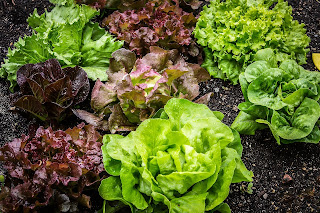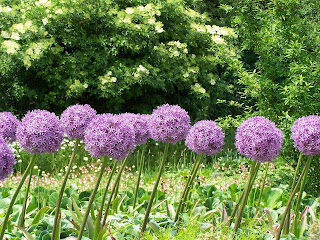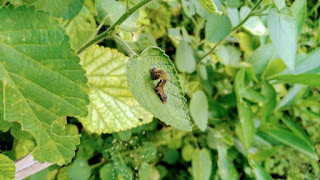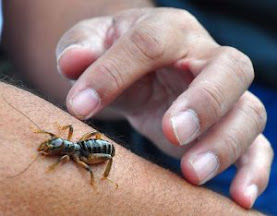Before you plant anything, make sure to give your soil some love. Although this is always the thing to do, it is especially important after a long growing season. All those beautiful summer blooms and vegetables demanded a lot from the soil, it’s only fair to give it something back before asking for more. We have lots of excellent soil amendments and microbial inoculants that can pep up your dirt. And if you want specifics before adding anything, we have soil testing options as well. But really, it’s not all that complicated: get in there and work the soil some, add amendments or inoculants and water well. This short article explains these three steps. Even if you are done gardening for the year, you should still treat your dirt to some Beneficial Nematodes. They will go in and clean out any grubs that are trying to overwinter in your soil.
Spinach – The savoy varieties of this plant are especially fond of cooler weather, but all of them will provide a delicious addition to your fall meals. Since spinach can grow in full sun or partial shade, it should not suffer unduly if you have to move it under some type of shelter part-way through its growing cycle.
Hyacinths – These are some of the earliest of spring flowers to peek out. According to this article on the planting of and care for hyacinth bulbs, they appear sometime after crocus and before tulips. Whenever they show up, their lavish pink, purple, red or blueish-purple blooms will be a highlight in any garden.
Tulips – If you are considering flower bulbs and trying to decide which ones, just add “tulips” to your list. Within their vast variety of styles, shapes and colors will be something that will be perfect for your garden. Picking which one will be the hard part, though, as they are all spectacular. Here is a short article on just some of them.
Alliums – If you want some long-lasting drama in your garden and are ready to expand out of the traditional tulip-daffodil- crocus type of flower, the allium could be just right for you. These plants are part of the onion-garlic family, but their tall stalks and globe-shaped flowers are very different from those underground-growing cousins. Alliums can last many weeks in the garden and are favorites of pollinators. Here’s more on them.
Now I’d like to make a pitch for something that is both a relative of the allium, a vegetable, a bulb and a seed – garlic. If you plant some now, you will be able to harvest delectable, fresh garlic in July. But, you don’t have it plant it as a bulb. You can actually plant individual cloves as seeds – and each one has the potential to grow into a full-sized bulb replete with many cloves. For garlic beginners, it’s probably best to plant bulbs specifically cultivated for this purpose; but you can plant from grocery store garlic. This article will give you some help with this.
Whatever you decide you want to do with your fall garden, just being outside on these cooler days is rewarding in and of itself. Especially here in southern Arizona, where we always eagerly await summer’s end.Take Care.
Submitted by Pam
























